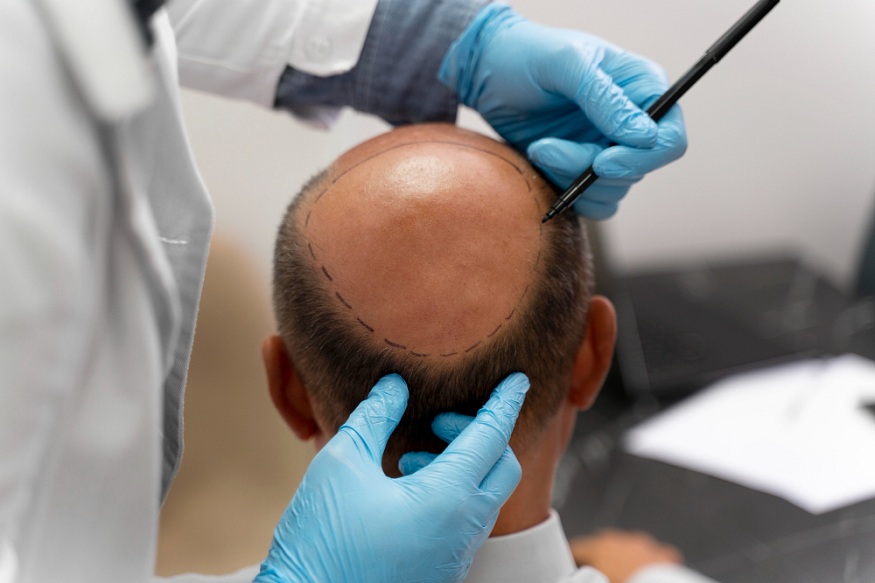Hair loss can be distressing. Many search for solutions, including hair transplants. As a dermatologist, I’ve seen the impact of this procedure. Hair transplants offer a chance to regain confidence. Unlike New York laser hair removal, which removes hair, transplants restore it. This process involves moving hair from one part of the head to another. It sounds simple, but it requires skill and precision. In this blog, I’ll explain hair transplant procedures and what you should expect.
Understanding Hair Transplant Techniques
Two main techniques exist for hair transplants: Follicular Unit Transplantation (FUT) and Follicular Unit Extraction (FUE). Both have unique benefits and challenges. FUT involves removing a strip of skin with hair follicles from the donor site. The surgeon then transplants these follicles to the balding area. FUE, on the other hand, extracts individual follicles from the donor site. These are then implanted into the recipient area.
| Technique | Method | Benefits | Limitations |
| FUT | Strip of skin removed, follicles transplanted | Higher number of grafts in one session | Linear scar at donor site |
| FUE | Individual follicles extracted and transplanted | No linear scar, quicker recovery | Time-consuming, more expensive |
The Procedure
The process begins with a detailed consultation. The dermatologist assesses the scalp and discusses expectations. The actual procedure starts with local anesthesia. The dermatologist then extracts hair from the donor site. In FUT, a strip is removed, whereas in FUE, individual follicles are taken. Next, the surgeon prepares the recipient site. They carefully insert hair follicles into tiny incisions. The procedure can take several hours, depending on the number of grafts needed.
Recovery and Results
Post-procedure care is crucial. Patients may experience mild swelling or discomfort. The dermatologist provides detailed aftercare instructions. Most can return to work within a few days. It’s vital to avoid strenuous activities for a couple of weeks. New hair growth becomes visible in three to four months. Full results often appear in about a year. Consistent follow-up visits ensure optimal outcomes.
Choosing a Qualified Practitioner
Choosing the right dermatologist is important. Ensure they have experience with hair transplants. Verify their credentials and ask about previous procedures. Checking before-and-after photos can help gauge their expertise. Finding a doctor who listens and addresses concerns is vital. The American Academy of Dermatology offers resources on choosing a qualified practitioner.
Considerations and Risks
While hair transplants offer promising results, they also carry risks. Complications include infection, scarring, and unnatural-looking hair. Having realistic expectations is crucial. Hair transplants improve appearance but do not stop hair loss. Ongoing treatments may be necessary for thinning areas. Discuss potential risks with a dermatologist before deciding.
Conclusion
Hair transplants can transform lives by restoring hair and confidence. Understanding the procedure, recovery, and potential risks helps in making informed decisions. Always choose a qualified and experienced practitioner. For further reading on hair loss and treatments, refer to resources provided by the National Institute of Arthritis and Musculoskeletal and Skin Diseases. By taking these steps, one can achieve a successful and satisfying hair restoration experience.




